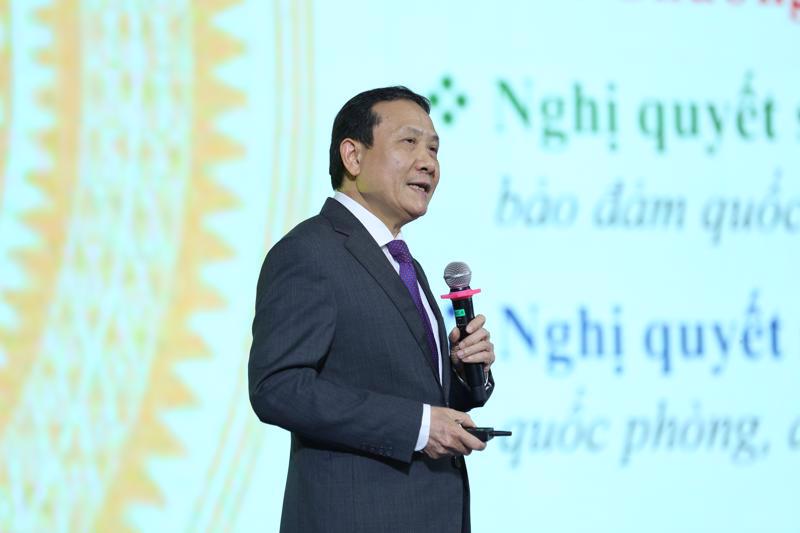Awareness among provincial leaders is needed to fully promote the development of different economic regions, Deputy Head of the Party Central Committee’s Economic Commission Nguyen Hong Son told the Vietnam Connect 2023 forum co-hosted in central Da Nang city on March 17 by the Ministry of Foreign Affairs, VnEconomy / Vietnam Economic Times, and the Da Nang City People’s Committee.
Regional development links will open up new development space, maximize the potential and advantages of each locality and whole regions as well as help deal with common issues such as the environment, climate change, and the use of natural resources, he said.
The central and central highlands regions have an important strategic position in terms of economy, politics, national defense, security, and foreign affairs. The two neighboring regions have tight relations and mutual support.
The Politburo has issued two important resolutions to develop the regions. Resolution No. 23-NQ/TW was issued on October 6, 2022, with orientations for socio-economic development and ensuring national defense and security in the central highlands region by 2030 with a vision to 2045.
Resolution No. 26-NQ/TW, meanwhile, was issued on November 3, 2022, on socio-economic development and ensuring national defense and security in the north-central and central coastal region by 2030 with a vision to 2045.
All solutions, including digital transformation and green growth, need to be linked with the potential and advantages of each region; ensure sustainable development without exchanging economic benefits for society and the environment; and apply science and technology, innovation, sustainable development, and climate change adaptation, he said.
In particular, it is essential to prepare infrastructure, human resources, and development roadmaps.
Mr. Son also pointed out issues that leaders of localities and ministries need to take into consideration when building development linkage strategies for the central and central highlands regions, including effectively implementing regional planning in each locality, and cross-linking (East - West) along economic corridors in association with traffic routes to help promote comparative and complementary advantages of each locality and between mountainous areas and plains and coastal areas, as well as bring into full play the advantages of the north-central and central coastal regions.
The north-central and central coastal regions have important infrastructure, such as ports, airports, coastal economic zones, and border economic zones. Links are therefore needed, with a clear division of roles and positions to prevent overlaps and competition.
It is also important to clearly define growth centers in the regions, which must have spillover effects to promote the development of localities in regions, and promote links in terms of sectors such as energy, information technology, tourism and services, logistics, environmental protection, and climate change adaptation.
Building and developing information and data systems to share information between localities in the regions are also needed.









 Google translate
Google translate